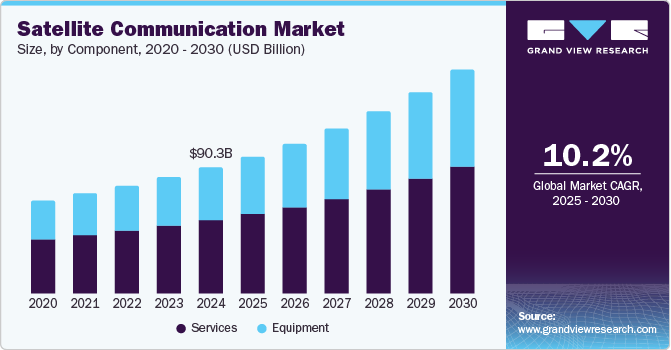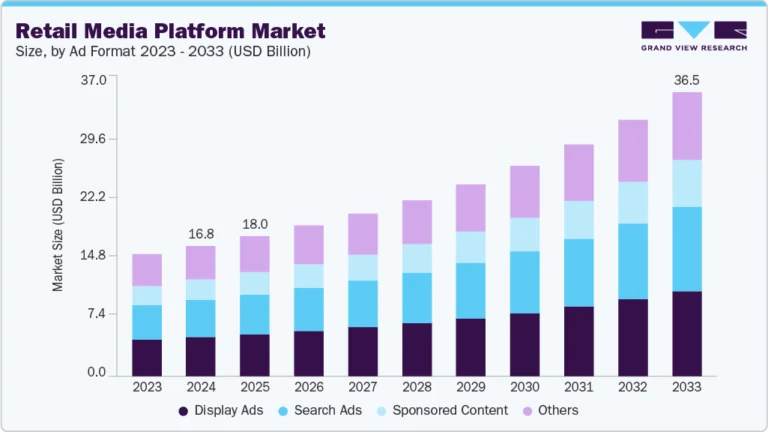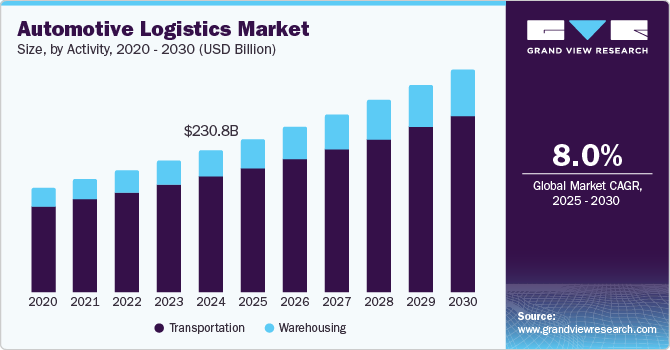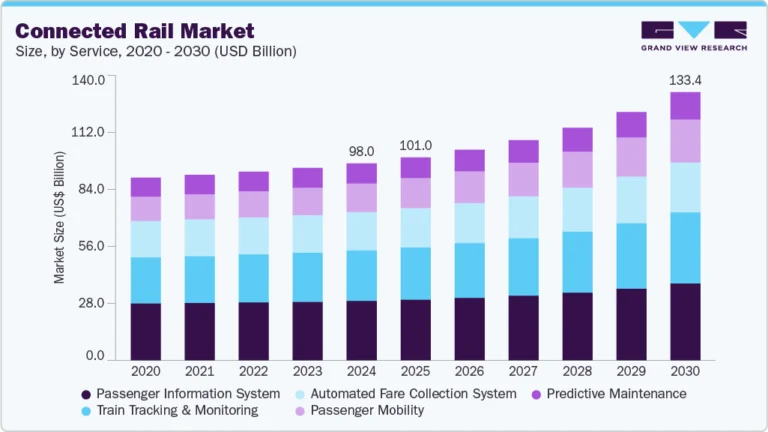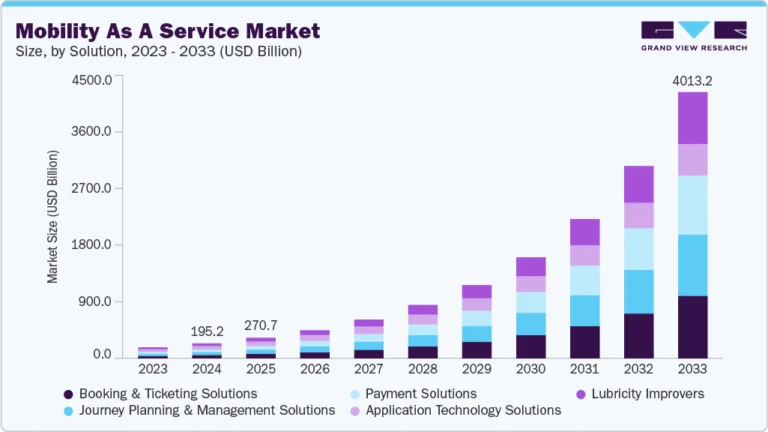Large And Small-scale Bioprocessing Market Size, Share & Trends Analysis growing at a CAGR of 11.86% from 2025 to 2033

The global large and small-scale bioprocessing market size was estimated at USD 80.5 billion in 2024 and is expected to reach USD 228.7 billion by 2033, growing at a CAGR of 11.86% from 2025 to 2033. This substantial growth is primarily driven by the increasing global demand for biologics, including monoclonal antibodies, vaccines, and cell and gene therapies.
Key Market Trends & Insights
- North America large and small-scale bioprocessing market held the largest share of 34.84% of the global market in 2024.
- The large and small-scale bioprocessing industry in the U.S. led the North American market.
- Based on workflow, the downstream processing segment held the highest market share of 46.85% in 2024.
- By product, the bioreactors/fermenters segment held the highest market share of 29.10% in 2024.
- By scale, the industrial scale (over 50,000 liters) segment held the highest market share in 2024.
Market Size & Forecast
- 2024 Market Size: USD 80.5 Billion
- 2033 Projected Market Size: USD 228.7 Billion
- CAGR (2025-2033): 11.86%
- North America: Largest market in 2024
- Asia Pacific: Fastest growing market
Request a free sample copy or view report summary: https://www.grandviewresearch.com/industry-analysis/large-small-scale-bioprocessing-biopharmaceutical-manufacturing-market/request/rs1
Biopharmaceutical companies invest significantly in flexible manufacturing solutions, such as single-use technologies and modular bioprocessing systems, which help accelerate development timelines and reduce production costs.
Increasing Demand for Biologics
Biologics’ rapid growth, including monoclonal antibodies, vaccines, recombinant proteins, and cell and gene therapies, is a major force driving the global bioprocessing market. These complex therapies require precise, scalable manufacturing processes, fueling demand for both small-scale systems (used in R&D and clinical trials) and large-scale systems (for commercial production). Small-scale bioprocessing supports early-stage development through rapid prototyping and process optimization, while large-scale bioprocessing ensures consistent quality and compliance for mass distribution of approved biologics.This surge in biologics is closely tied to the global rise in chronic diseases, an aging population, and the push for personalized medicine. Conditions like cancer, autoimmune disorders, and neurological diseases such as Alzheimer’s and Parkinson’s are becoming more prevalent, increasing the need for advanced therapies. Pharmaceutical companies, biotech startups, and CDMOs are expanding biomanufacturing capacity across scales. The growing adoption of biosimilars, driven by the expiration of patents for branded biologics, further boosts demand for efficient, cost-effective bioprocessing technologies, including microbial-based systems and single-use solutions.

